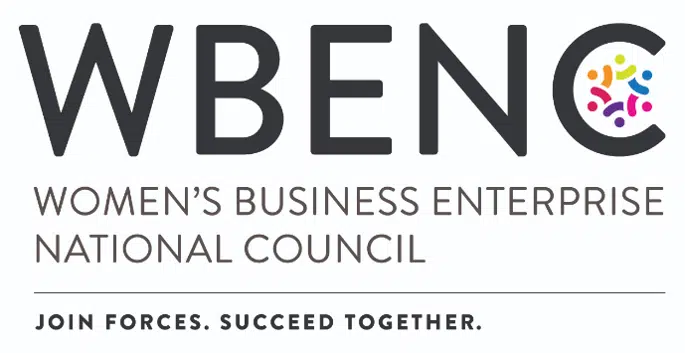
HCRS Ensures Cybersecurity Compliance With VISN 7 Coding and Auditing
Objective
HCRS was tasked by the Veterans Health Administration (VHA) with providing coding support and auditing services for VISN 7 facilities, while ensuring cybersecurity and HIPAA compliance.
Background
VHA
VHA currently captures and stores information for all inpatient and outpatient care delivered at VISN 7 facilities, as well as other facilities on VISN 7 expense. This information — including diagnoses, treatments, and providers — is stored by all VA facilities in an integrated computer system known as VistA: the Veterans Health Information Systems and Technology Architecture.
The value of this coded data for managers and researchers depends on how accurately it portrays the actual clinical events that take place in each medical center. Data validity begins with practitioners providing timely and complete medical record documentation, including an accurate recording of all diagnoses and procedures.
VISN 7
Key Strategies
Our team was responsible for dialing into each VISN 7 network to access data, interpret it, and apply the correct medical codes for it to be integrated with VistA. In addition to training required by the VA, we mandated instruction specific to cybersecurity. In six and a half years of performance, we did not encounter any violations for either cybersecurity or HIPAA compliance.
Results
Our annual remote coding production met or exceeded both the 95% accuracy standard and three-day turnaround time requirement, all while averaging:
Our Methodology
We achieved these results through our risk management planning, which included:







Who We Are
Services
Career Opportunities
Interested in applying for a job with us? HCRS offers competitive compensation and benefits and hires a wide range of professionals. Apply Here

8601 Robert Fulton Drive, Suite 130 | Columbia, Maryland 21046 | Office: (301) 497-1187 Fax: (866) 384-2303
Copyright © 2025 Healthcare Resolution Services, Inc. All rights reserved. | Privacy Policy
